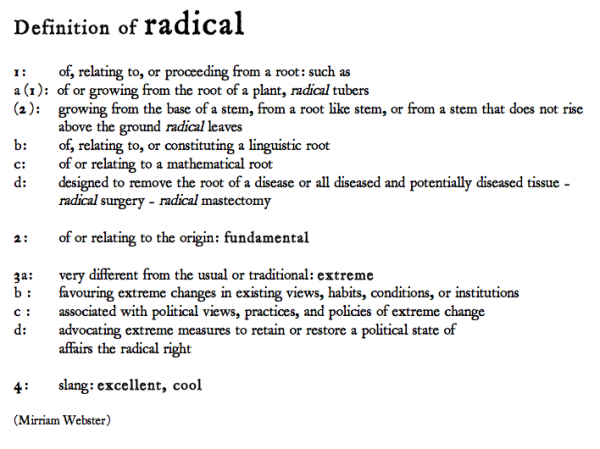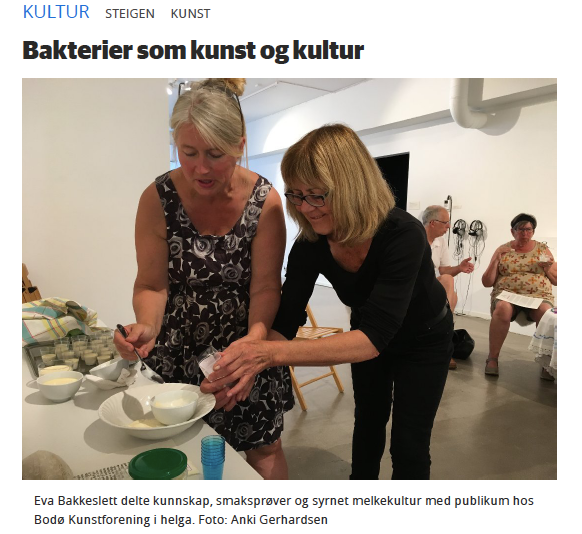Can fermentation processes in bacterial cultures give us insights that can inspire sustainability and thriving human cultures? Can earthworms and bacteria make us discover new ways to collaborate and cope with the many challenges we face today?
This soloexhibition of my work moves across boundaries, where communication and collaboration across species become aesthetic experiences and fruitful connections.
Thanks to my excellent exhibition installation assistant: Sally Gilford
Wormworks
This was an unique live video and audio transfer from the underworld. Here you could get an insight into the fascinating and sculptural creation of the earth. “Wormworks” consists of a large zinc bucket and a society of thousands or earthworms who, throughout the exhibition period, will transform food and plant residues to fertile soil.
Opening ceremony with jam session between the worms and clarinettist Martin Andersson from NOSO Arctic Philharmonics. Hear the recording below.
Sound consultant: Nathaniel Gustin
- Our topsoil is disappearing 10 to 40 times faster than it is recycled.
- It takes about 500 years to replace 25mm of humus layer. Minimum soil depth for agricultural production is 150mm. From this perspective, productive and fertile soil is a non-renewable and endangered ecosystem.
- During a day, an earthworm digests and converts as much soil as its own body weight.
- Research shows that a healthy community of earthworms can build 18cm thick soil layer in 30 years.
Radical Radishes and Cabbage Roots
These two installation works consists of roots of radishes, broccoli and cabbage that have been left in the soil throughout the winter. There they get consumed and by micro organisms so only their fiberous structures are left. Life becomes crystallised into skeletons. Turned upside down the roots get given new perspectives.
Rømmekolle Revival with pop-up café
The show consisted of four closely related artworks looking at different aspects of biodiversity and collaboration across species.
Inspired by bacterial cultures and fermentation processes, the artist has researched and revived the traditional, but rapidly disappearing, RØMMEKOLLE, a bacterial culture deeply rooted in Scandinavian culture. Rømmekolle is made of milk fermented with a bacterial culture originally derived from the butterwort plant. This culture has been passed on through generations and shared generously amongst people into the 60’s. Now it has largely disappeared as a living part of the folk culture.
Rømmekolle Revival is the forgotten story of a bacterial culture that was so common and important in Scandinavia that people claim they would not have survived without it. It is the story of a close and mutual relationship between bacteria and humans, about people’s connection with the local community, about sharing cultural heritage with neighbours, and about the caring for and caring of the earth. Last but not least it is about the care for and the close bond delveloped between people and their the family cows that gave the valuable milk that was necessary to keep the rømmekolle culture alive.
It is also the story of a culture that had almost disappeared due to neglect, modern living and commercial and streamlined dairy production. Along similar lines we have largely replaced biodiversity, language and experiential cultures with homogeneous and commercialized cultures.
This is the story of a resilient culture that survived because it emigrated to America on a handkerchief in the pocket of a bacterial cultural activist. There it lived and thrived in exile for over one hundred years before it finally made its way back to Scandinavia through this project.
The artwork consist of:
- Collection of 31 photos from public archives and collections.
- Rømmekolle radio podcast
- Handmade artist book
- Sharing of live rømmekolle bacterial culture
- Pop-up café with workshop and performative talk.
Rømmekolle Revival was initially shown in the Arts-festival Barents Spektakel i Kirkenes 2015. The project was originally funded and co-produced by Pikene på Broen in Kirkenes, Norway.
























